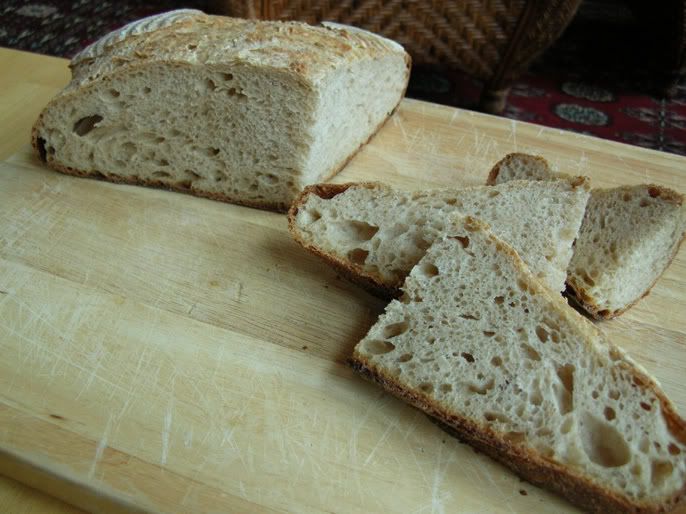After two weeks of experimenting with the Steam Maker Bread Baker kit, I can definitely say I noticed improvements in the quality of my crust.
The model I was sent consists of a steam gun and a 4 inch tall lid.
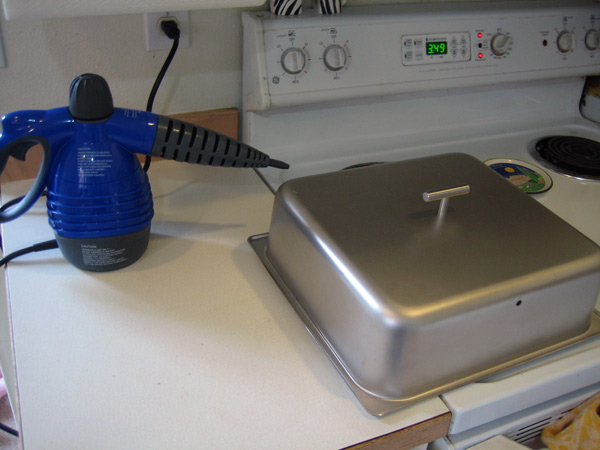
The idea is that you heat your stone, load your bread on to it, then cover the bread with the lid and inject a 5 to 10 second blast of hot steam. After 5 to 10 minutes, you remove the lid and bake the loaves as usual.
I got the smaller of the two units because it fit my existing baking stone. I already find my baking stone to be a bit on the small side. Unfortunately, with the lid on, quite a bit of stone is lost.
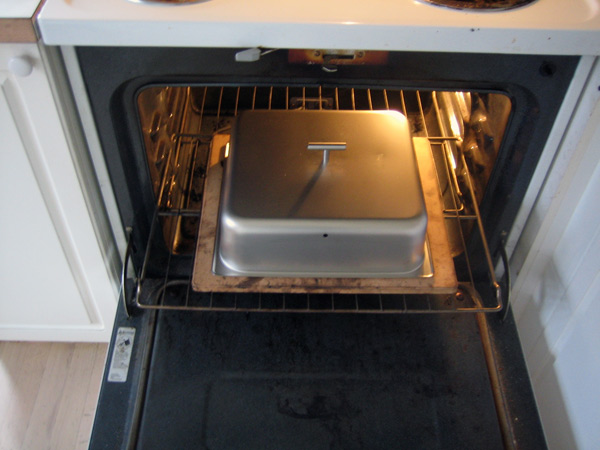
Realize also that you need to leave a half inch to an inch of space from the edges on the inside so that the loaves can expand and you can remove the lid without mashing them and it is quite tight.
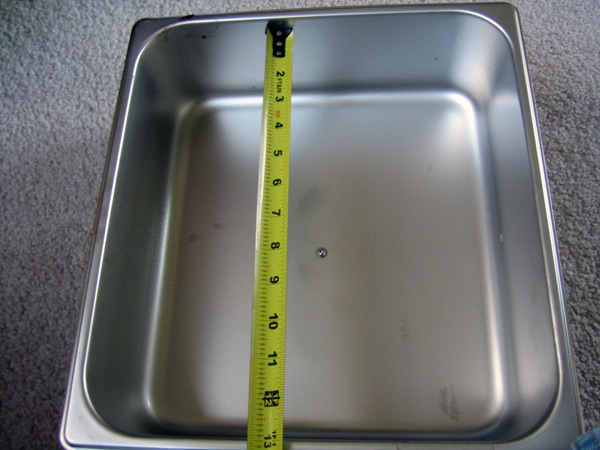

I found myself having to adjust the shape and size of my loaves just to fit under the lid, or only baking one round at a time instead of my usual two. That stinks, and totally threw off my timing and rhythm. I would definitely suggest springing for a larger model if you order one.
The loaves on the left are made with just a spray of steam. Those on the right are made in the Steam Maker Bread Baker.
These loaves are Hamelman's Golden Raisin Levain.
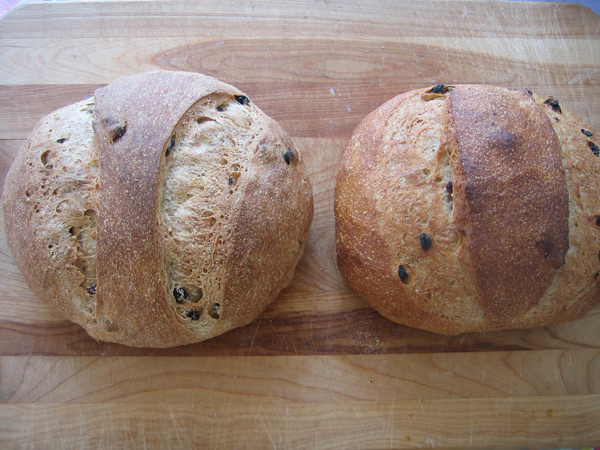
The loaf on the left came out with a thicker, drier crust. The steam baker came out with a thinner, crisper crust.
These were a ciabatta I did.
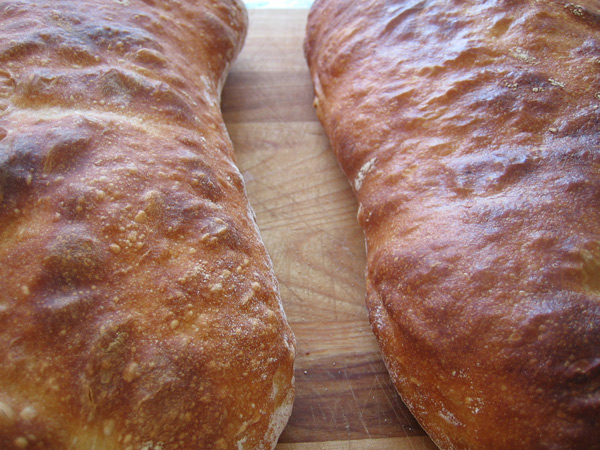
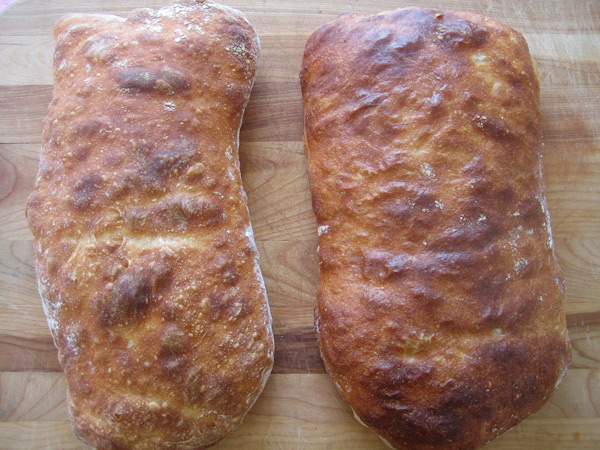
More of the raw flour was absorbed on the steam maker loaf, since it was baked in a moister environment. It also came out with a glossier crust.
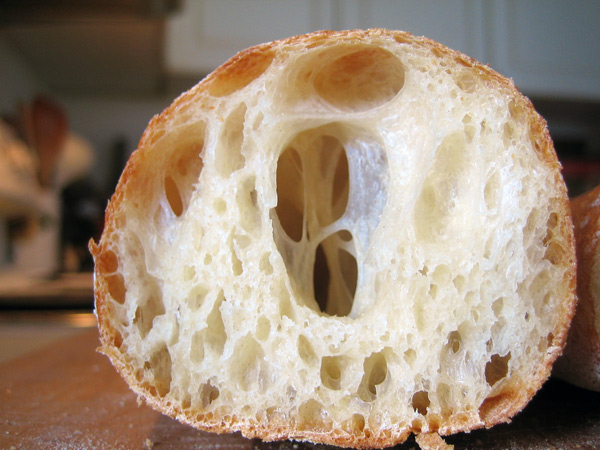
This was a sourdough baguette I did. It is hard to tell, but the crust was definitely thinner and crisper than what I typically end up with. Normal it takes some teeth to tear through my crust. With this one, it crackled easily.
Using the Steam Maker Bread Baker I was able to observe a state in baking I've never seen. When I removed the lid after 6 or 7 minutes, the exterior of my loaves was gelatinous rather than dry, and not at all beginning to brown yet. I don't typically open my oven 6 or 7 minutes into baking, so it is possible that I have been achieving that state and just not known about it, but I doubt it. It appears to me that the steam maker kept my crust moist for a good 4 or 5 minutes longer than what I typically get with my iron skillet on bottom of the oven technique. This results in a thinner, crisper, lighter, more authentic crust.
As has been much discussed here, with ingenuity the home baker can devise other decent ways of creating steam in their oven with extremely inexpensive equipment. And as has also been pointed out, the individual components of the Steam Maker Bread Baker can be assembled independently by someone who wants to put some time and energy into it. Nevertheless, the Steam Maker Bread Baker is a nice kit for someone who wants to dive into artisan baking: as well as the steamer and lid, they include a nice booklet with some basic bread recipes and tips. I could see purchasing one of these for someone who has gotten enthused about baking by trying the no-knead loaf and who is interested in exploring a more versatile solution.
If you already have a steam making solution you are happy with, I say stick with it. But if you don't have a solution, don't find your solution to be good enough, or are afraid your solution is going to short out the circuitry in your oven (as a few of us have), this is a pretty good way to go.

 Rye NYT Bread: I made this rye today in my oval 4 1/2 qt. Le Creuset (Shown in backround). I used KA Rye Blend Flour which is made up of Organic Whole Rye, White Rye, AP flour, Malted Barley flour. I used 2 cups of the blend and 1 3/4 cup AP flour. I added a couple of TBLS. Vital Wheat Gluten.
Rye NYT Bread: I made this rye today in my oval 4 1/2 qt. Le Creuset (Shown in backround). I used KA Rye Blend Flour which is made up of Organic Whole Rye, White Rye, AP flour, Malted Barley flour. I used 2 cups of the blend and 1 3/4 cup AP flour. I added a couple of TBLS. Vital Wheat Gluten.



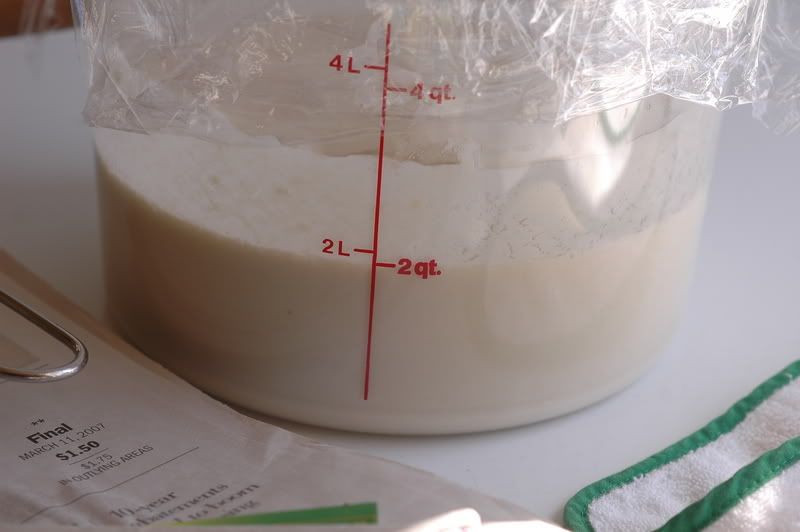
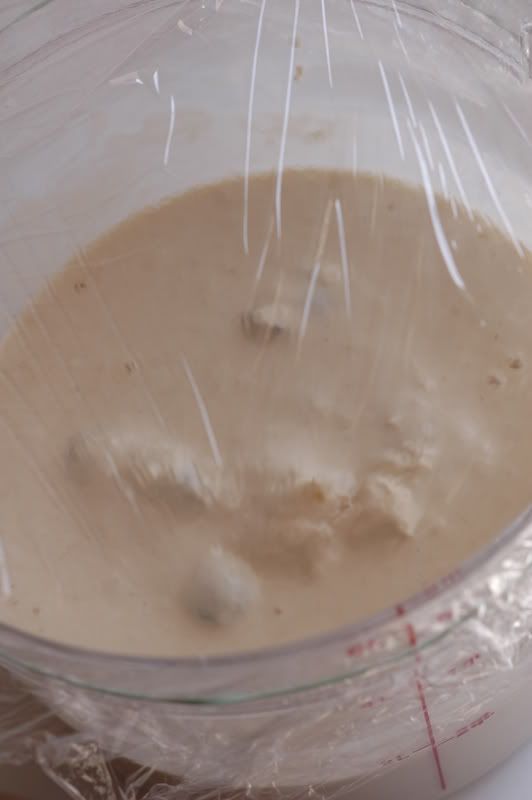
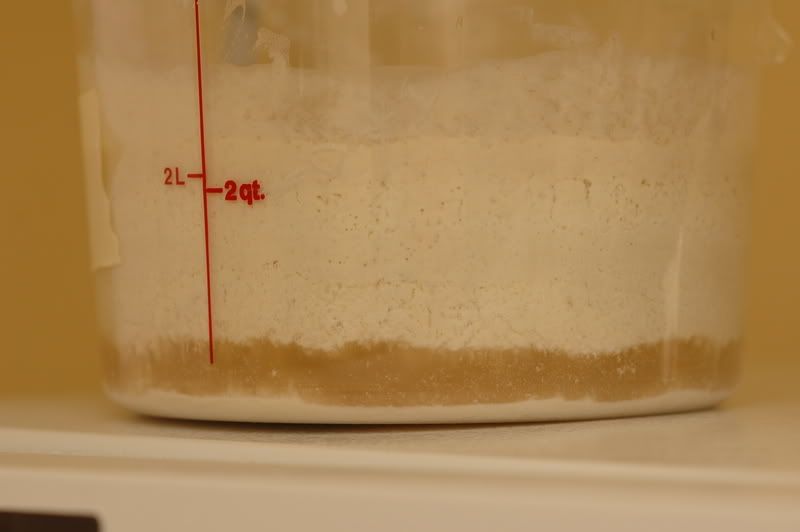
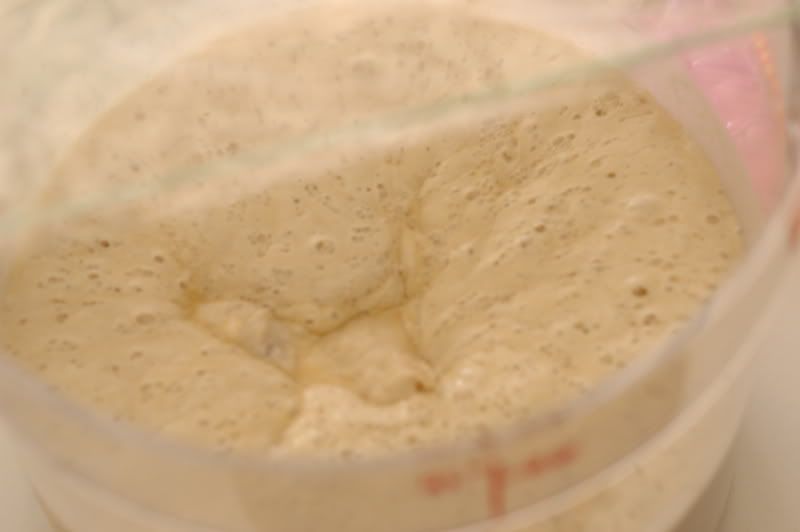
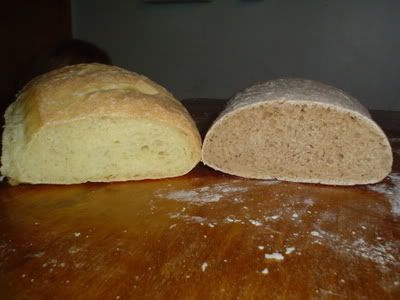












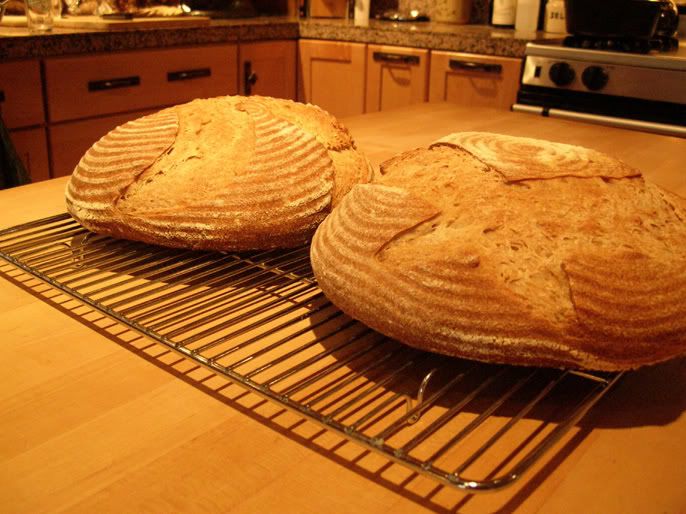 To try to adjust, in yesterdays batch, I used a slightly stiffer dough, and lowered the first fermenting time from 4-5 hours down to 3-3.5, before the dough doubled, then proofed for only 2.5 hours down from 3.5-4. I also fermented and proofed at about 75F rather than 85F.
To try to adjust, in yesterdays batch, I used a slightly stiffer dough, and lowered the first fermenting time from 4-5 hours down to 3-3.5, before the dough doubled, then proofed for only 2.5 hours down from 3.5-4. I also fermented and proofed at about 75F rather than 85F. 